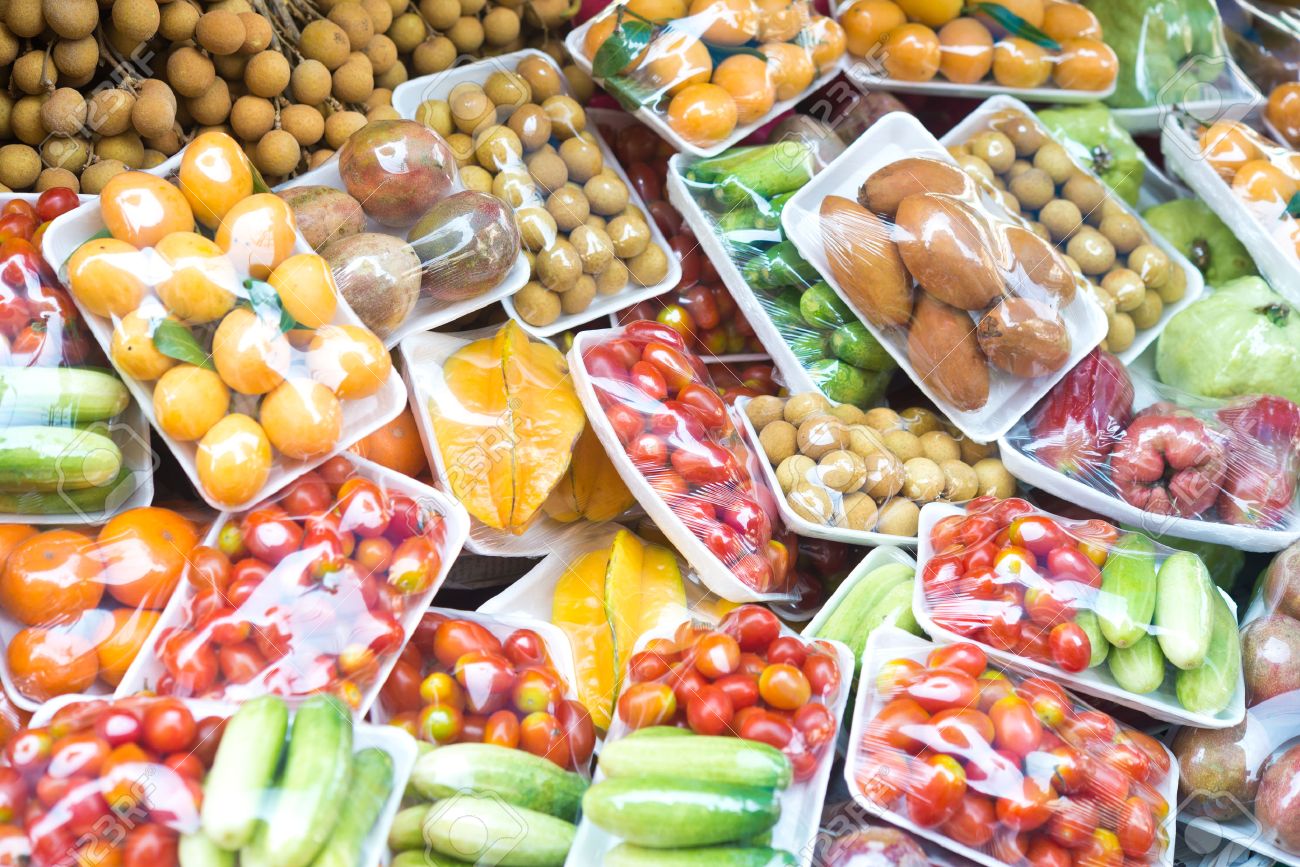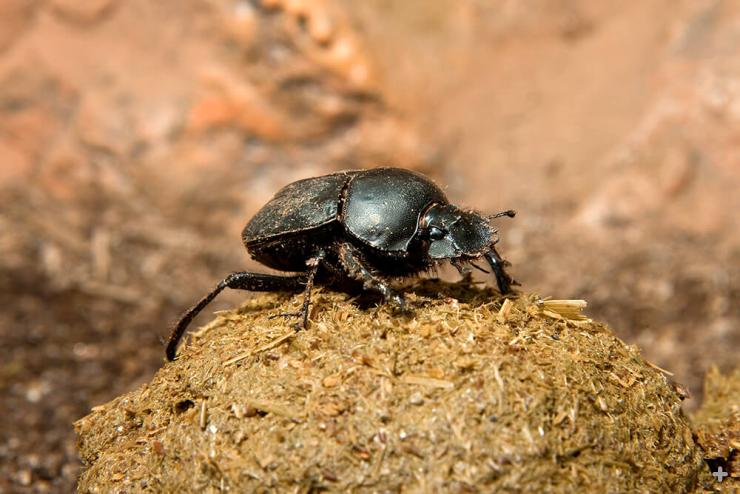export fruit iran buy fruit company
company fruit exporter from iran - import fruit all countryexport fruit iran buy fruit company
company fruit exporter from iran - import fruit all countryIran exports 90% of kiwi harvest
Kiwi fruit is a small fruit about 4 inches long and weighing about 5 ounces with the brown skin and the bright green body stippled with little black seeds. Its green smooth body is nearly like cream in body with an energizing taste suggestive of melons, strawberries and bananas, also with its own singular sweet taste. Kiwifruit is a superior origin of vitamin C and an excellent source of dietary fiber. also, kiwifruit is a good origin of the antioxidant vitamin E.In addition, it’s a pleasant source of the minerals magnesium, potassium and copper.
He went on to say that unlike citrus fruits - over 80% of the annual 4m-ton production of which is consumed within the country – kiwi was a 100% commercial fruit, and so over 90% of Iran kiwi production was exported, while the rest 10% was sent to the domestic markets.
Padam called on the government to prepare an accurate programming to back kiwi export and said that in case the executive departments fail to support kiwi production, the gardeners would be obliged to suffer a gross loss, while the regional economy would be faced with a serious damage.
He reiterated that presently Tonekabon was annually producing over 50,000 tons of kiwi from a land area as large as 2,000 hectares, and so was producing about 85% of the whole county’s kiwi production.
According to Padam, over 70,000 tons of the state kiwi production was cultivated in 3,500 hectares.
Referring to the fact that kiwi cultivation was quite economical in comparison with other types of fruits and particularly the citrus productions, Padam added that kiwi’s easy and fast fruiting, abundant production after the third year of implantation, average production expenses and fair price have all encouraged the gardeners to welcome kiwi production.
He further underlined the quality of Iranian kiwi and said that the Iranian kiwi productions were not polluted by pesticides and so were unique in the world.
In conclusion, Padam referred to the fact that kiwi’s wastage was controllable and so noted that kiwi wastage was controllable in case Concentrate factories were constructed in the country.
pomegranate exporting country

Iran is the birthplace of pomegranate, and one of the prominent distinguishing characteristics of this land is growing the super fruit in its amazing soil. Nevertheless, the Iranians have never considered the precious ruby-red jewel as their own property, and for thousands of years have offered the beautiful fruit to other nations as a gift. UPRO NATURE is moving forward in this way. Following its ancestors, the company has paved the way for the world’s residents to make use of such an abundant source of Vitamin, antioxidant, anti-blood- and heart-disease substance.
View the Factsheet
UPRO NATURE has mixed this natural beauty with the European advanced technology. The preparation of this genuine Iranian fruit and its popular byproducts through up-to-date European machinery and equipment, and prevention of hand involvement has led not only to precision and high speed, but to high standards of health in washing, juice extracting, and other operations.
The company annually collects this valuable agriculture product from the two major production centers in Iran: Neyriz, Fars Province, and Saveh, Markazi Province, and hands them, with the best quality, to the European and Asian consumers.
All types of pomegranate (fresh pomegranate, and pomegranate seeds) and its byproducts (pomegranate concentrate, pomegranate juice, pomegranate vinegar, and pomegranate sauce) are packed in the best possible way and exported to the markets bearing wfruit brand.
View the Factsheet
If you are going to order high-quality pomegranates – one of the most beneficial and the healthiest fruits – from the world’s biggest pomegranate exporting country, come to us!
The fruits that we supply are among the best ones because: we pick up the best pomegranates from the most well-known orchards in Iran; we use the most advanced European technology to wash, brush, sort, grade, and pack the ruby-red fruit; and finally, our prices are quite comparative with wfruit brand!
Iranian Fruit, Fresh & Natural

IRANIAN FRUIT, FRESH & NATURAL
Four-season climate of IRAN has provided proper conditions for growing a wide variety of fruits.
IRANIAN Fruits are known in the world market by their natural taste.
Apple, watermelon, cherries, kiwi, grapes, apricot and pomegranate are some of the major IRANIAN exported fruits.
IRANIAN fruits are not only exported to neighbors but also to EUROPEAN countries like GERMANY and ITALY.
More than 1 million tons of fresh fruits worth 770 million dollars were exported by IRAN in 2012.
Watermelon
about 10% of global watermelon market is possessed by IRAN. In 2012, IRAN has exported 285.000 tons of watermelons worth over $70 millions. Iraq UAE. Turkey. Russia Armenia, and AZARBAIJAN are some of major destination for IRAN watermelon .
APPLE
The annual amount of apple production in IRAN is above 4% of the world apple production. IRAN has exported 320.000 tons of apple worth about 250 million $ in 2012. IRAQ, TURKMENISTAN, UAE, AFGHANISTAN, and BAHRAIN are some of the main destination for IRAN’s exported apples.
FLOWERS & ORNAMENTAL PLANTS
Due its vast area, diverse weather and prolific soil, IRAN is a very desirable location for culturing different kinds of plants and has a long tradition of floriculture. IRAN is the 17th country in producing cut flowers and ornamental plants. More than 2 billion stems of cut flower, about 140 million ornamental trees and shrubs and near 40 million potted flowers are annually produced in IRAN.
In 2012 about 12.000 tones of flowers and plants worth $ 47 million were exported by IRAN.
IRAQ , AZARBAIJAN, TURKMENISTAN, UAE, KOWAIT, CHINA, JAPAN, VIETNAM, TAIWAN, ARMENIA and AFGHANISTAN were some of main destination of IRAN’s flower export in recent years.
Dung Beetle
Dung beetles do just what their name suggests: they use the manure, or dung, of other animals in some unique ways! These interesting insects fly around in search of manure deposits, or pats, from herbivores like cows and elephants. Dung beetles come in a variety of colors, from dull and glossy black to metallic green and red. Ancient Egyptians thought very highly of the dung beetle, also known as the scarab (from their taxonomic family name, Scarabaeidae). They believed the dung beetle kept the Earth revolving like a giant ball of dung, linking the insect to Khepri, the Egyptian god of the rising sun.
Dung beetles have impressive “weapons,” some with a large, hornlike structure on the head or thorax that males use for fighting. They have spurs on their back legs that help them roll the dung balls, and their strong front legs are good for fighting as well as digging. Most dung beetles are strong fliers, with long flight wings folded under hardened outer wings (elytra), and can travel several miles in search of the perfect dung pat. With specialized antennae, they can catch a whiff of dung from the air.
HABITAT AND DIET
Dung beetles are found on all continents except Antarctica and live in farmland, forest, grassland, prairie, and desert habitats.
Most dung beetles use the manure of herbivores, which do not digest their food very well. Their dung contains half-digested grass and a smelly liquid. It is this liquid that the adult beetles feed on. Some of them have specialized mouthparts designed to suck out this nutritious soup, which is full of microorganisms that the beetles can digest. A few species feast on the dung of carnivores, while others skip the doo-doo and instead eat mushrooms, carrion, and decaying leaves and fruits.
Timing is everything for dung beetles. If the dung has been sitting long enough to dry out, the beetles can’t suck out the nutrition they need. One study in South Africa found that dung beetles laid more eggs during the rainy season when dung pats contain more moisture.
Mini apple crumbles
Ingredients
These mini apple crumbles make a delicious autumn treat.
The recipe also works well with plums, pears and blackberries.
To make them, ask an adult to help you find these ingredients and pieces of equipment.
Ingredients (serves 4):
- 2 medium cooking apples, peeled (400g)
- 75g dried apricots
- 2 tablespoons water
- juice of ½ lemon
- 2 tablespoons maple syrup or runny honey
- 25g reduced-fat margarine
- 25g wholemeal flour
- 25g rolled oats
- ½ teaspoon cinnamon
- 25g soft brown sugar
- 2 teaspoons sunflower seeds and 1 teaspoon sesame seeds (optional)
Equipment

Equipment:
- knife
- chopping board
- mixing bowl
- teaspoon
- tablespoon
- 4 ovenproof ramekins
- oven gloves
Preheat the oven to 190°C/375°F/Gas Mark 5
Step 1

First, ask an adult to help you chop the apple and apricots into small pieces.
In a mixing bowl mix them together with the water, lemon juice and half of the maple syrup.
Then scoop the mixture into the four ramekins and put them in the oven for 10 minutes.
Step 2

In the mixing bowl put the margarine, flour, oats, cinnamon and sugar and rub them together with your hands to make the crumble mixture
Step 3

Next, scoop the crumble over the fruit mixtures and drizzle the rest of the maple syrup on top.
Ask an adult to put the ramekins back in the oven for another 15-20 minutes until the top is golden.
Step 4

Finally your mini apple crumbles are ready.
Enjoy them on their own or with some low-fat custard, fromage frais or yoghurt on top.
Did you know?

Apples are a good source of fibre, and apricots are a good source of vitamin A.
There are about 7,000 different types of apple around the world.


